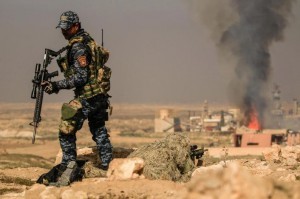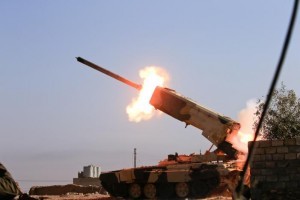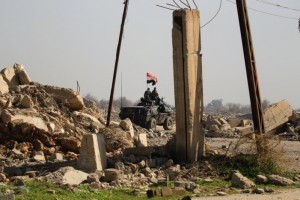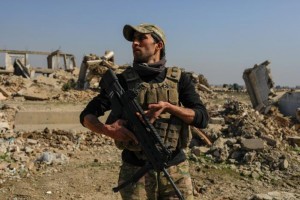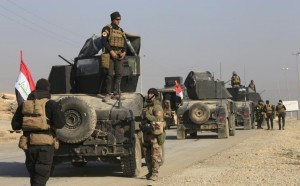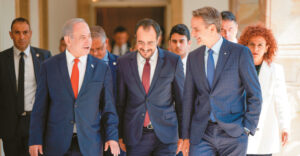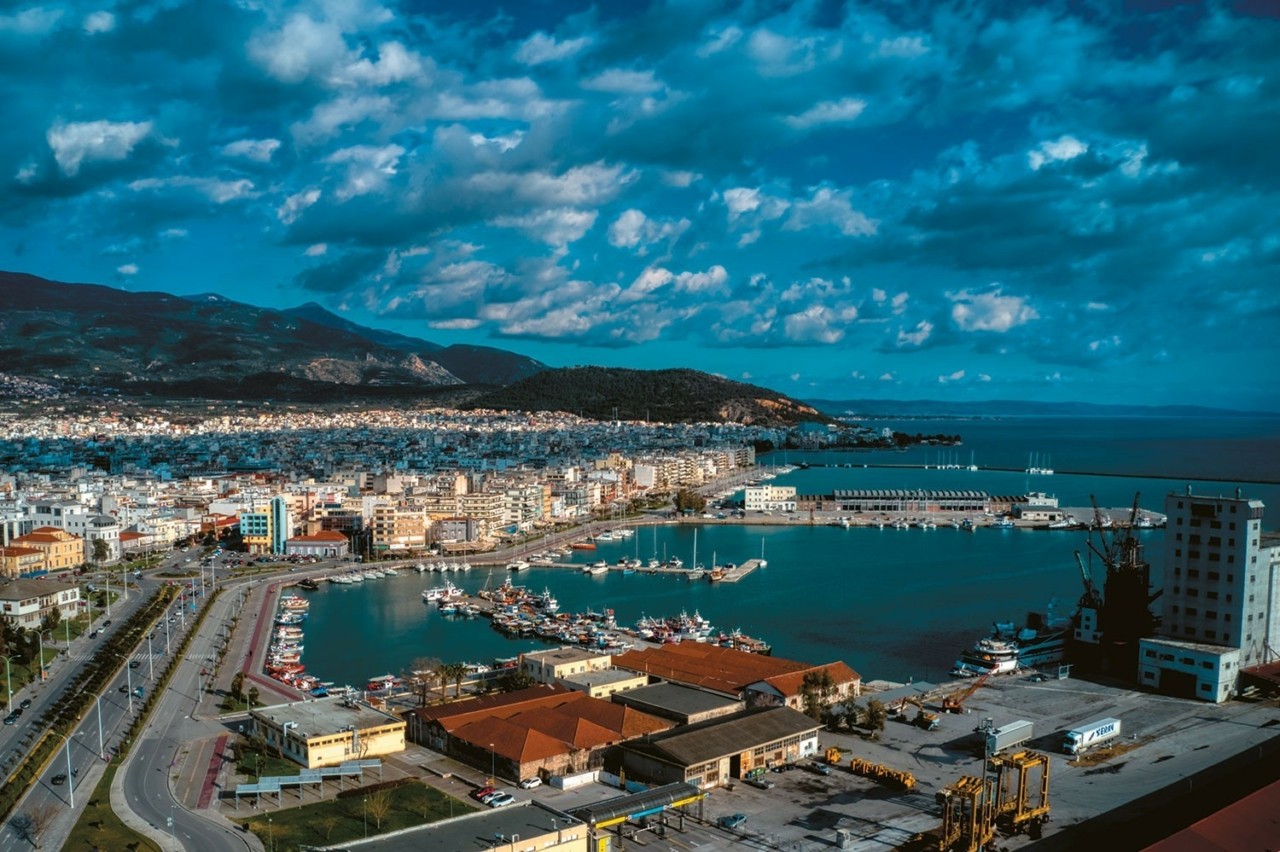U.S.-backed Iraqi security forces captured Mosul airport from Islamic State on Thursday, advancing on multiple fronts towards the jihadists’ last major stronghold in the western half of the city.
The troops have gained ground rapidly in outlying areas south of the city, Iraq’s second largest, since launching a new phase of a four-month offensive to terminate Islamic State’s territorial holdings in the country.
Elite counter terrorism forces joined the battle on Thursday in the southwest, entering the Ghozlani army base and pushing towards the districts of Tal al-Rayyan and al-Mamoun.
Federal police and an elite interior ministry unit known as Rapid Response drove Humvees flying Iraqi flags into the perimeter of the airport, and state television later said they had taken full control of the heavily damaged facility.
Islamic State fought back with suicide car bombs, drones carrying grenades and mortars, Reuters correspondents in the area said. The burnt corpses of two militants and the motorcycle from which they had fired at Iraqi forces were lying under a tree, apparently hit by an air strike.
“Daesh (Islamic State) resistance is not inconsiderable but they are trying to save their strength for inside the city,” First Lieutenant Ahmed al-Ghalabi of the Rapid Response force said outside the airport’s main entrance.
Iraqi forces hope to repair the airport and use it as a base from which to drive the militants from Mosul’s western districts where around 750,000 people are believed to be trapped.
The United Nations has warned up to 400,000 civilians could be displaced by the offensive and that residents are already suffering from food and fuel shortages.
A Reuters correspondent saw more than 100 civilians, mostly women and children, fleeing towards Iraqi security forces from the district of al-Mamoun.
Several were wounded and at least one, wrapped in a blanket and carried on the back of a donkey, appeared to be dead, casualties of Islamic State mortars and roadside bombs.
“Daesh fled when counter terrorism Humvees reached al-Mamoun. We were afraid and we decided to escape towards the Humvees,” Ahmed Atiya, one of the escaped civilians, said. “We were afraid of the shelling.”
Troops directed the civilians to safety and medical care as mortars landed nearby. One soldier offered an elderly shepherd two cigarettes, which are banned by Islamic State.
NARROW ALLEYWAYS
Iraqi forces launched the new offensive on Sunday after they finished clearing militants from eastern Mosul in January and redeployed to the other side of the Tigris river that bisects the city.
On Thursday, counter-terrorism troops captured the Ghozlani base close to the Baghdad-Mosul highway, which includes barracks and training grounds, a CTS spokesman told Reuters.
The airport and the base, which Islamic State fighters seized when they overran Mosul in 2014, have been heavily damaged by air strikes intended to wear down the militants ahead of the offensive, a senior Iraqi official said.
The campaign involves a 100,000-strong force of Iraqi troops, Shi’ite militias and Sunni tribal fighters. It is backed by an international coalition that provides vital air support as well as on-the-ground guidance and training.
Western advisers were seen close to the clashes at the airport as well as some 2 km (1 mile) behind the frontline.
One Rapid Response officer asked them for advice about which route to take to the airport. Coalition troops fired intermittently at Islamic State targets from inside MRAPs (mine-resistant ambush protected vehicles).
The U.S. military commander in Iraq has said he believes U.S.-backed forces will retake both of Islamic State’s urban bastions – the other is the Syrian city of Raqqa – within six months, which would end the jihadists’ ambitions to rule and govern significant territory.
Losing Mosul could spell the end of the Iraqi side of militants’ self-styled caliphate in those countries, which Islamic State leader Abu Bakr al-Baghdadi declared from the city in 2014.
Iraqi commanders expect the battle in western Mosul to be more difficult than the east, however, in part because tanks and armored vehicles cannot pass through narrow alleyways that crisscross the city’s ancient western districts.
Militants have developed a network of passageways and tunnels to enable them to hide and fight among civilians, melt away after hit-and-run operations and track government troop movements, according to inhabitants.
But Iraqi forces are hoping that residents will help them in pushing out the militants, who subjected people under their rule to extreme violence and deprivation.
A leaflet dropped by the Iraqi air force last week lay on a hillside near the airport on Thursday.
“Prepare to receive the sons of your armed forces and cooperate with them as your brothers on the east side did in order to reduce losses and make victory swift,” it said.
Ask me anything
Explore related questions
